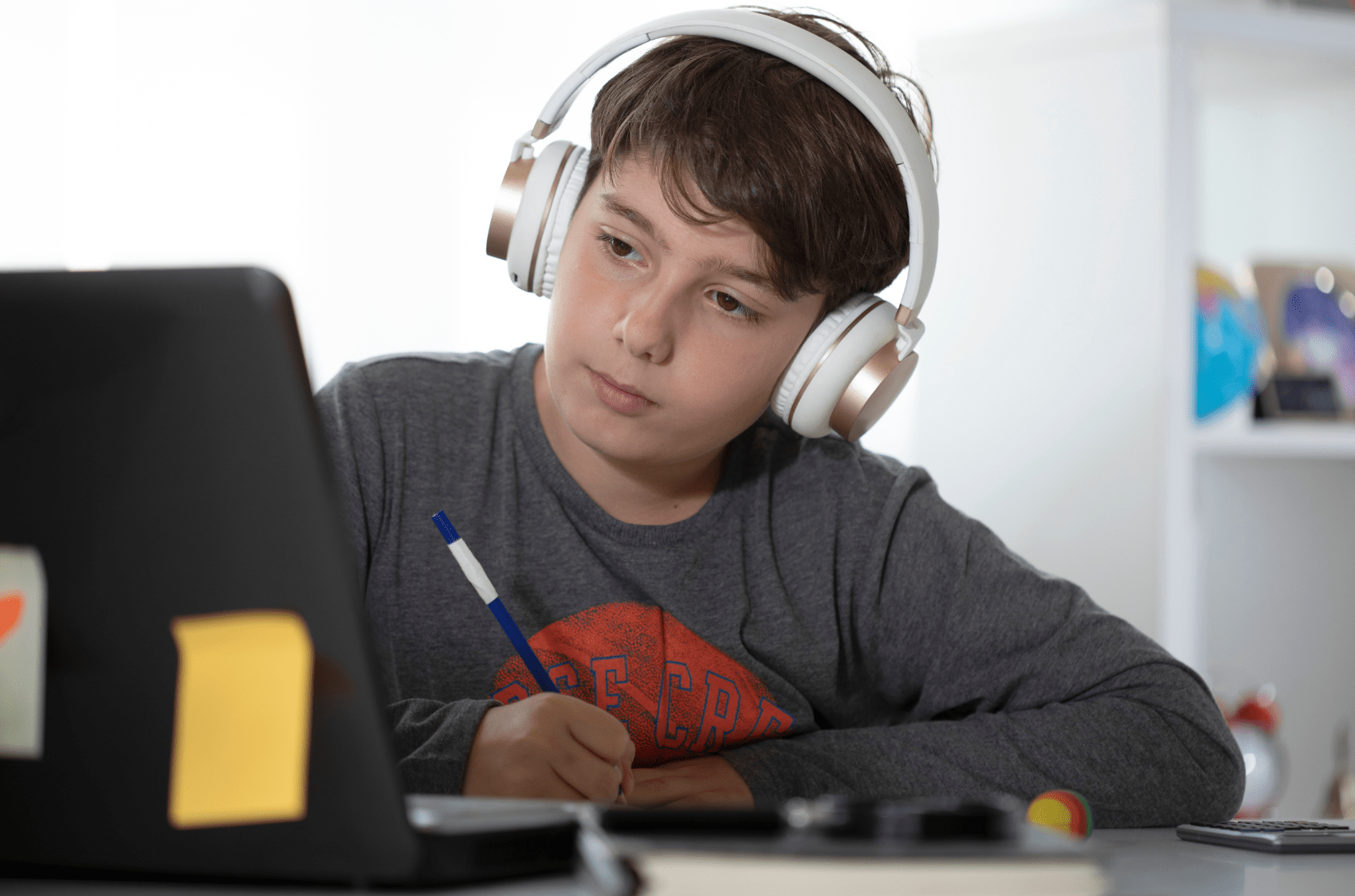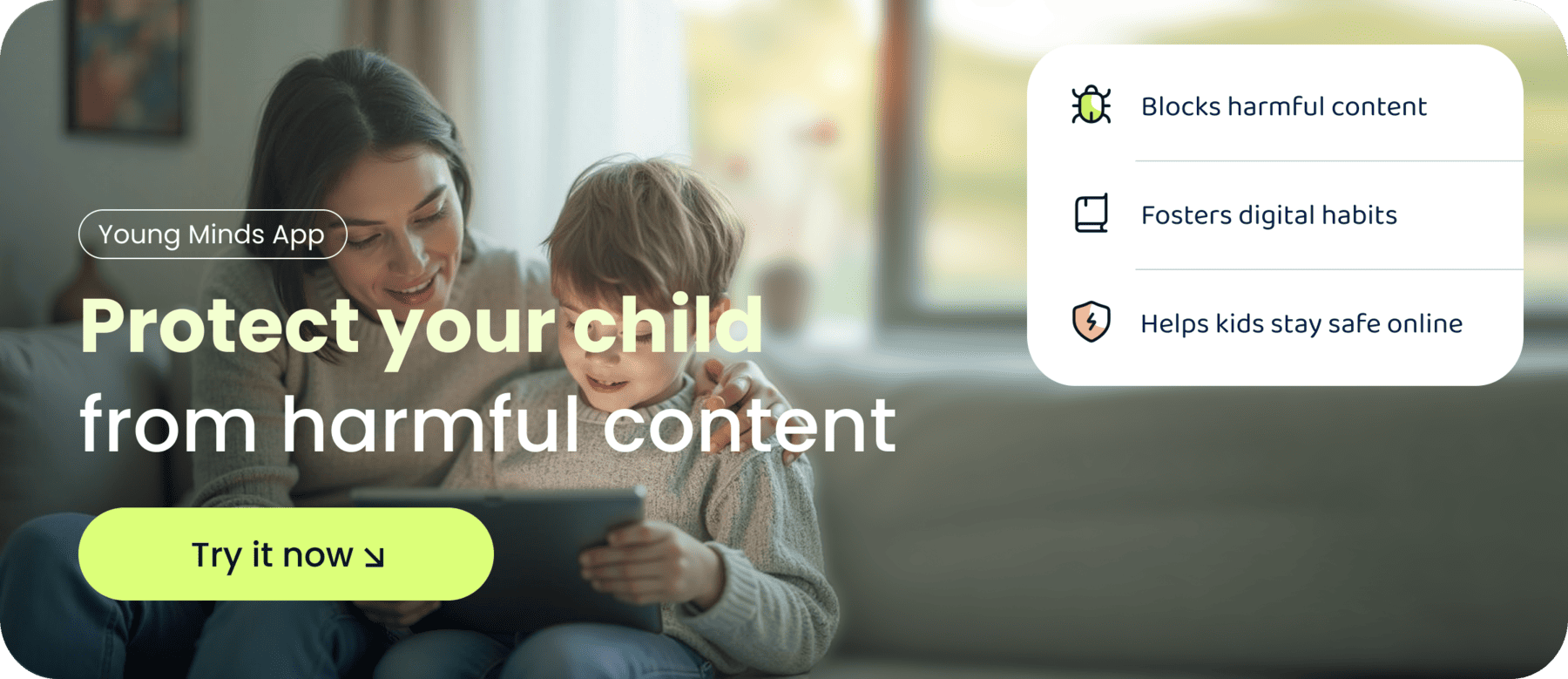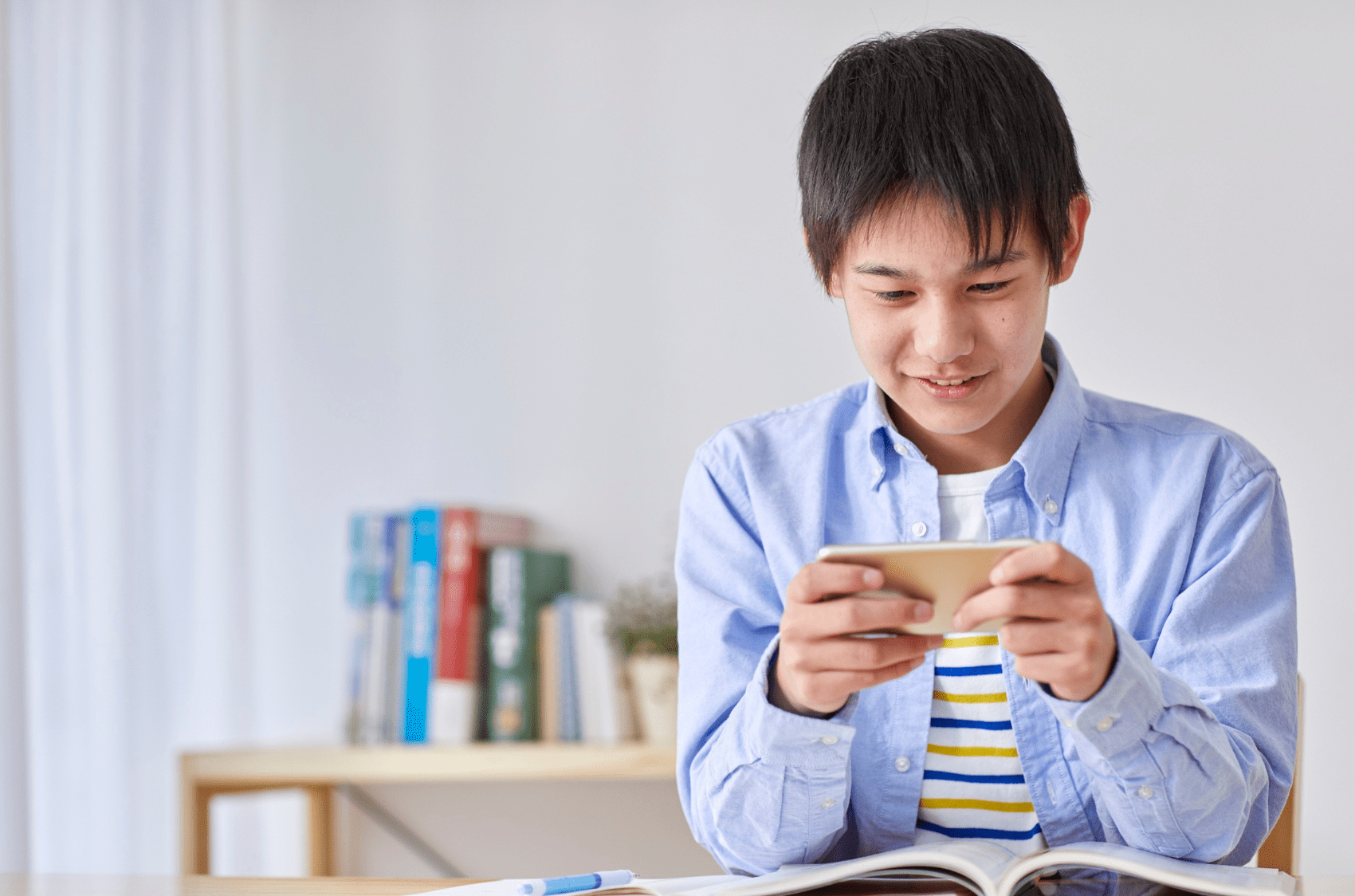If you’re teaching your child at home, you’ve probably noticed that “home schooling” and “home education” aren’t quite the same thing. Home schooling usually follows a structured curriculum — lessons, assignments, and schedules, just like at school, but all happening at home. Home education is a bit more flexible: learning through everyday life, projects, experiments, or even just exploring topics your child is curious about.
No matter which approach you take, screens often end up playing a big role. A lesson on the tablet can easily turn into a “quick” video break, and before you know it, it’s dinner time and everyone’s frazzled. You’re not alone, balancing home schooling and screen time can feel like a full-time job.
The good news is, many parents are finding ways to make digital learning work for their kids, rather than letting it take over the day. With a few simple strategies, you can keep your child engaged, active, and learning, both on and off-screen.
When Screens Start Running the Day
One mum shared that:
“Screens were honestly taking over our day. We homeschool, so my child needs their tablet for lessons, but keeping them focused was impossible. A few from our homeschooling group mentioned the Young Minds App, so I gave it a go, and I don’t want to jinx it, but it’s honestly been such a relief.”
It’s a familiar story for many of us, balancing lesson plans, managing technology, and keeping kids interested when the boundary between learning and entertainment feels paper-thin.
The Challenge of Screen Time in Home Schooling
The shift to home schooling brought amazing flexibility, but it also meant our kids spend more time online than ever before.
While technology opens doors to new ways of learning, too much screen time can lead to:
- Tired eyes and headaches
- Lack of motivation or focus
- Constant distractions from notifications
- Emotional ups and downs
Balancing these challenges requires more than just setting timers, it’s about creating an environment where technology serves your family, not the other way around.
Finding Healthier Digital Balance
Here’s what’s helping many parents manage home schooling and screen time without losing their sanity:
- Set boundaries — and stick to them.
Schedule “on-screen” and “off-screen” blocks of time. Even short breaks help reset focus. - Make learning intentional.
If a screen is on, it should be for a purpose, like reading, research, or structured lessons. - Add offline activities.
Kids remember hands-on experiences more than digital ones. Mix in baking, art, or outdoor science. - Use supportive tools.
Many parents now rely on the Young Minds App to guide their children through focused, age-appropriate lessons without the constant battle over distractions.
It’s built specifically for home schooling families, helping children stay engaged through short, structured learning sessions and mindfulness breaks.

What Healthy Screen Time Looks Like
Healthy screen time isn’t about counting hours; it’s about intentional use. When technology is used with purpose, to learn, connect, or create, it becomes a powerful ally in home schooling.
Here’s what that might look like day to day:
- Interactive learning – Online resources that engage children through challenges, quizzes, or storytelling.
- Creative projects – Using apps to design, write, or explore rather than just watch.
- Mindful use – Encouraging breaks, reflection, and calm moments between lessons.
The difference lies in structure. When kids know screens are for learning and there’s time set aside for fun later, they start using technology more responsibly.
Finding Support Through Tools That Work
That’s where the Young Minds App has become a quiet hero in many homeschooling households.
It’s not just another educational app, it’s designed to help children stay focused through short, structured learning bursts and gentle mindfulness breaks in between. Parents love that it feels less like “another screen” and more like a guided routine.
The app builds natural pauses into learning, encouraging movement, reflection, or short creative tasks, which helps children reset and refocus before returning to lessons.
Building Healthier Daily Habits
Even with great tools, healthy balance starts with small daily choices. Try weaving some of these habits into your routine:
- Start the day without screens. Have breakfast, get dressed, and chat before the first login. It sets a calmer tone.
- Break lessons into chunks. Kids learn better in short bursts with regular, screen-free breaks.
- Encourage physical movement. A walk outside, a quick stretch, or even dancing to a song helps release energy.
- Use natural breaks for creativity. Art, building, and cooking all count as learning, too.
- Have tech-free zones. Bedrooms or mealtimes are great places to stay screen-free and reconnect as a family.
- Model healthy use yourself. Kids learn best by example — show them what mindful tech use looks like.
These small habits help shift screen time from passive consumption to purposeful engagement.
Helping Kids Understand the Why
Kids are more open to limits when they understand the reason behind them. Talk to them about how screen breaks give their eyes and brains a rest, or how moving their bodies helps them learn better.
You might be surprised how receptive they are when they feel included in the plan.
Finding Calm in a Digital World
If you ever feel guilty about your child’s screen use, please know, you’re not failing. You’re navigating a modern challenge that every home schooling parent faces.
The key is progress, not perfection. Every small step you take toward balance, a few minutes outside, one mindful break, or using a supportive tool — makes a real difference.
Parents Also Ask:
How do you handle screen time while home schooling?
Start by setting a routine that includes both screen and off-screen activities. Break lessons into shorter sessions with regular movement or outdoor breaks. Encourage hands-on learning like reading, cooking, or art between lessons. The key is structure, not strict limits, but healthy balance.
How much screen time is okay for home schooled children?
There’s no one-size-fits-all answer. It depends on your child’s age, personality, and workload. Generally, 1–3 hours of structured learning time online per day is fine, as long as it’s balanced with physical play, reading, and offline exploration.
How do I set boundaries without constant arguments?
Involve your child in the plan. Explain why balance matters (“Screens help us learn, but breaks help our brains grow stronger”). When kids understand the reason, they’re more likely to cooperate. Stick to consistent daily routines so it feels natural, not like punishment.





